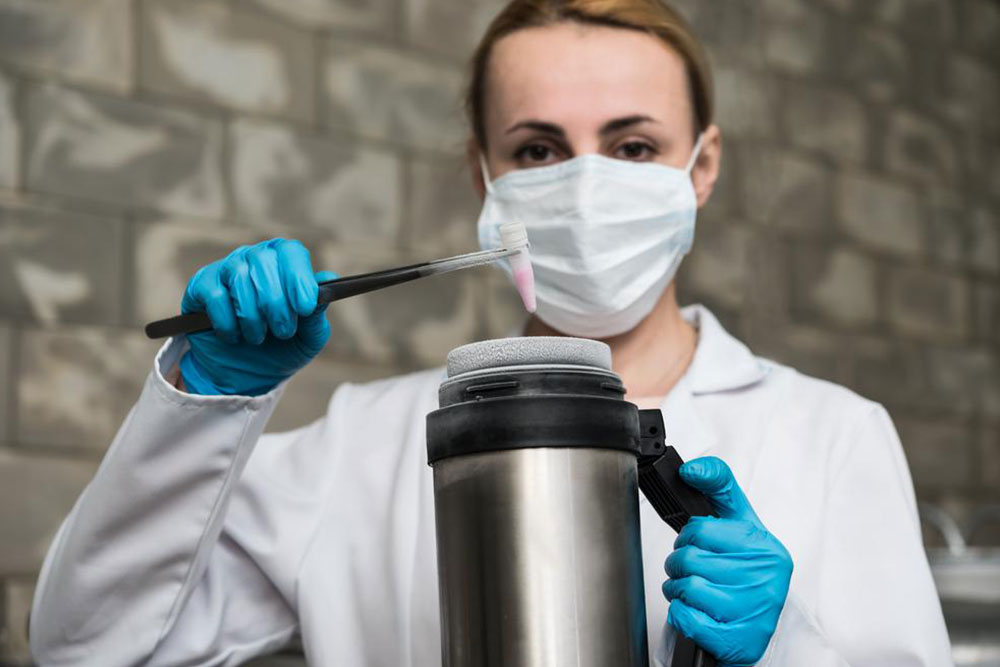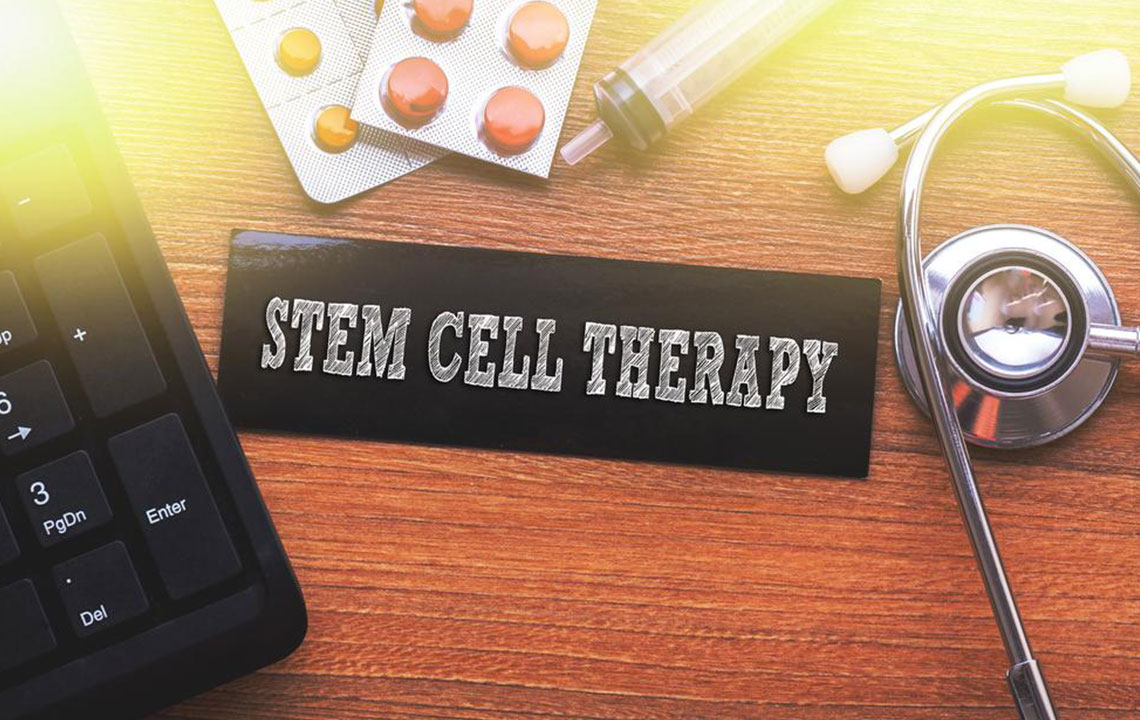Comprehensive Guide to Saving Your Baby’s Future Through Umbilical Cord Stem Cell Banking
Learn how banking umbilical cord stem cells can secure your child's future health. This comprehensive guide covers the benefits, process, and importance of preserving these vital cells, emphasizing safety, ease, and long-term medical advantages. Discover why leading banks like LifeCell are trusted choices for stem cell preservation, and understand the potential treatments these cells can facilitate, including for autoimmune and genetic disorders. Making an informed decision now can offer peace of mind and a powerful resource for your child's health in the years to come.

Comprehensive Guide to Saving Your Baby’s Future Through Umbilical Cord Stem Cell Banking
In recent years, advancements in medical science have highlighted the incredible potential of stem cells, particularly those derived from umbilical cords. As new parents, safeguarding your child's health from the earliest possible moment has become more accessible and vital than ever before. Umbilical cord stem cell banking has emerged as a promising way to preserve these extraordinary cells, which can play a crucial role in future treatments of various health conditions. Understanding the significance, process, and benefits of banking umbilical cord stem cells is essential for responsible parenthood and proactive health management.
Stem cells are remarkable with their unique ability to develop into various cell types needed by the body. These cells are fundamental in regenerative medicine, used to repair or replace damaged tissues and organs. In the human body, two principal sources of stem cells are widely recognized: bone marrow and umbilical cords of newborns. While bone marrow harvesting involves invasive procedures that can be uncomfortable and distressing, obtaining stem cells from the umbilical cord of a newborn is painless, safe, and results in no harm to the mother or child. Given these advantages, banking umbilical cord blood has gained significant popularity among new parents seeking to secure their child's health prospects.
India's leading stem cell bank, LifeCell, brings over 12 years of dedicated expertise in preserving umbilical cord stem cells. Their long-standing experience underscores their trustworthiness and technological prowess in this niche field. The process of collecting umbilical cord blood is straightforward—performed immediately after birth, the blood is collected from the umbilical cord using sterile and safe procedures. These stem cells, rich in regenerative potential, are then processed and stored cryogenically at extremely low temperatures of -196°C, ensuring their viability for decades.
What sets umbilical cord stem cells apart from other sources like bone marrow are several practical benefits. First, harvesting from the umbilical cord is non-invasive, pain-free, and does not pose risks associated with traditional bone marrow extraction. Second, the matching process for stem cell transplants is simplified—requiring only four parameters for compatibility, compared to six in bone marrow transplants—enhancing the likelihood of a successful match. Moreover, preserving cord tissue expands the scope of potential treatments, providing additional options that cannot be accomplished through bone marrow collection alone.
Once collected, the stem cells undergo rigorous testing in laboratories to check for infections, sterility, and viability. This quality control ensures that only healthy, viable stem cells are stored for future use. The stem cells are then separated from the cord blood and tissue, cryopreserved at ultra-low temperatures, and stored in state-of-the-art facilities. To mitigate risks of natural calamities or unforeseen disasters, LifeCell maintains dual storage sites in different locations, safeguarding precious samples and ensuring backup security.
The entire process of harvesting stem cells from the umbilical cord takes approximately 10 minutes after birth, integrating seamlessly with delivery procedures. The decision to bank your baby's stem cells comes with compelling reasons, notably due to the limited availability of Indian donors and the lengthy waiting lists for stem cell transplants. Autologous stem cells—those derived from the same individual—are the preferred choice for treating various conditions, making early banking a proactive step. Medical research suggests that umbilical cord stem cells have potential in treating complex health issues such as diabetes, autism spectrum disorder, cerebral palsy, and certain blood and immune system disorders.
Investing in stem cell banking, though relatively costly, can be a strategic decision for long-term health benefits. The expenses involved, which can reach up to 20 lakhs INR, are justified given the potential scope of future therapies, personalized medicine, and the pediatric health security it offers. As advancements in regenerative medicine continue, stored stem cells could serve as vital biological assets, promising more effective and less invasive treatment options for your child in times of need.
In conclusion, banking umbilical cord stem cells represents a pioneering step towards safeguarding your child's health. It offers a safe, painless, and scientifically supported avenue to preserve valuable stem cells that could become instrumental in treating life-threatening illnesses and ongoing health challenges. Choosing a reputable stem cell bank like LifeCell ensures professional processing, stringent testing, and secure storage, making it a wise investment in your child's future health and well-being. As medical technology evolves, the potential applications of these stored stem cells will likely expand, providing even greater hope for innovative treatments and improved health outcomes.





